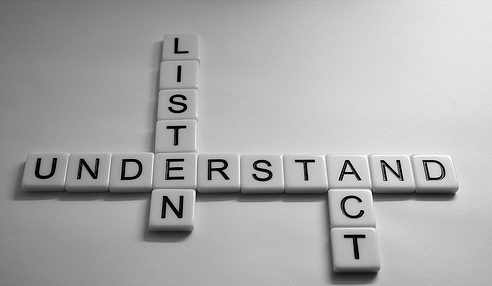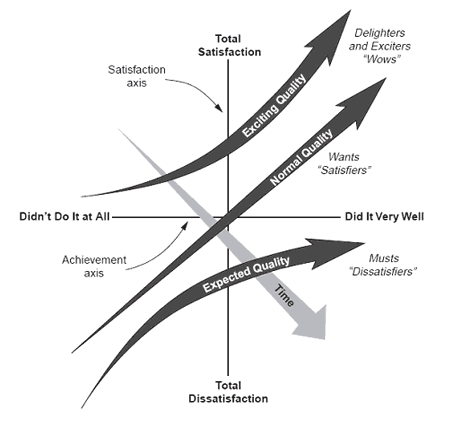Listening is the Key to Exceptional Customer Care


CUSTOMER CARE
Listening to your customers is the key to exceptional customer care. Ignoring their feedback and complaints can not only result in the loss of valuable customers but damage your reputation as a business. Without taking their needs into consideration, you cannot provide satisfactory services or products that meet their expectations. Therefore, it's imperative that you listen attentively to what they have to say and act upon their concerns promptly.
Businesses always claim their clients come first, but so few deliver on that idea. If you are just slightly better than average in delivering customer service, you are already most of the way there. So it's time to step it up and take it all the way. Regardless of whether your client is engaging with you via email, on social media, or elsewhere, they should feel at home, as if everything were made for them, is all about them - because it is.
Many years ago, I worked as a service advisor in a Chrysler Jeep/Eagle dealership. Our focus was to listen to the customer as if they were the only one in the room and provide a white glove service. This was known as “Customer One” and evolved to Customer Care. Many years later, while preparing my business for launch, I worked with a business coach. He looked over the services I provide and asked if I wanted my clients to feel serviced or cared for. I thought back on my training in the service department and the positive reviews I received from my customers. I quickly changed my thought process and began offering Customer Care to my clients.
How can you move from customer service to customer care? It begins with Operational Excellence. Simply put, provide a better-quality service, ensure best-practice processes are in place, and if your response time takes longer than 24 hours, improve it!
As a provider:
- Know your client's critical needs!
- Conduct regular audits of your processes
- Facilitate just-in-time delivery
- Do it right the first time
As client:
- Communicate!
- Communicate!
- Communicate!

To achieve operational excellence, you and your team must be of the same mindset and behaviors. Mindset must be customer-centric, not about production quotas.
If you do build a great experience, customers tell each other about that. Word of mouth is very powerful. – Jeff Bezos, Amazon
CUSTOMER SATISFACTION
How do you know if your client is really happy? Do you feel confident that, if given a survey, they would return that coveted 5-star rating? Meeting your client's critical needs is paramount. Speaking to those needs is marketing. In today’s highly competitive environment, client retention is at the top of the list, and client loyalty is dependent on the client's perception. It is no wonder that businesses turn to the Kano Model to determine client satisfaction. The Kano Model, also known as “Kano Analysis”, was created by Japan’s Dr. Noriaki Kano in 1984.

The model is designed to find the connection between the product or service and customer satisfaction. The model divides attributes into four categories: threshold, performance, excitement and indifferent, to determine customer satisfaction and dissatisfaction
Do you know what your client wants, what they need? The number one method to determine what they want? ASK THEM, and then LISTEN! Find out what makes them tick. Get to know your client.
LISTEN
Kano suggests that customer satisfaction falls into 3 categories:
- Dissatisfiers – this is your basic quality service. It does not increase satisfaction, but absence of will LOWER it; This level must ALWAYS be met.
- Satisfiers – This is your performance quality. Simply, you met their expectations.
- Delighters – This is the excitement quality – the WOW factor. You exceeded your client's expectations; it was an unexpected surprise. This level increases your market share.

We are in an amazing era of technology with an endless set of communication tools in the toolbox. Smartphones have revolutionized the way we can communicate with our clients. You can text, email, video chat, post on social media, and guess what? You can even call them!! Therefore, the best way to find what they really want and need is to ask them..simple.
You’ll want to ask questions like:
- What Can I Do to Make Your Life Easier?
- What is Your Next Goal?
- What Problems or Roadblocks are You Facing Now?
- What’s the One Thing You Wish I Did Better?
- What’s the One Thing I Did Better?
When reaching out to your clients, the number one rule is to listen. Ask your client, “What can I do for you today?” This one sentence packs a powerful punch. It shows you care more for their needs than what they can purchase from you. Take some time to familiarize yourself first with the information you already have about them so that you can mention some of that in your conversation.
Remember, a happy client is a loyal client. By actively listening and responding to their feedback, you show them that you value their opinion and are committed to providing exceptional service. This can lead to increased trust, loyalty, and even positive word-of-mouth marketing. So take the time to listen to your clients' needs and concerns. And don't forget to routinely ask for their feedback - it's one of the most effective ways to improve your business!
We offer Customer Care Packages customized to put your clients at the forefront of your priority list!
Ready to find out more?
Schedule a FREE call with me today!
